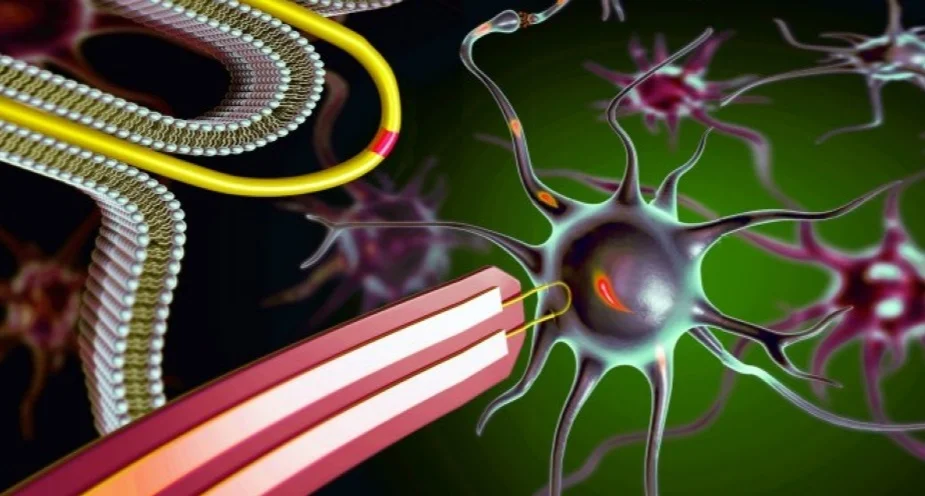Tiny Sensors, Big Impact: Nanoprobes Revolutionize Understanding of Brain Chemistry

Nanoprobes detect neurotransmitters in the brain, which scientists have long been intrigued by the role of neurotransmitters in the animal brain, which perform complex tasks such as processing emotions, learning, and making judgments.
These neurotransmitters are small signalling molecules that communicate with each other via neurons or nerve cells.
Scientists believe that this diffusive motion of neurotransmitters may be at the heart of the brain's superior function, making it an area of great interest for further study.
A nano probe, also known as a scanning probe, is a type of scientific instrument that is used to study and manipulate matter on the nanoscale. These probes are typically made of a sharp tip made of materials such as silicon or diamond, which can be as small as a few nanometers in size. The tip is mounted on a cantilever, which can measure extremely small forces and movements.
Recently, a group of scientists from Japan developed a new method for detecting specific neurotransmitters using tiny particles called fluorescent molecularly imprinted polymeric nanoparticles (fMIP-NPs).
These particles change their fluorescence when they detect certain neurotransmitters, such as serotonin, dopamine, and acetylcholine.
In the pharmaceutical and biotechnology sectors, the development of fMIP-NPs will aid in drug discovery and development. Neurotransmitter-specific fMIP-NPs are being used to screen drug candidates for their efficacy in modifying neurotransmitter levels, leading to the development of more effective drugs with fewer side effects.
NeuroMetrix, a commercial-stage healthcare company has used this technology to develop Quell. Quell uses a proprietary neurostimulation technology called Wearable Intensive Nerve Stimulation (WINS) that stimulates sensory nerves in the upper calf to produce a pain relief effect throughout the body, with the device worn as a leg band and controlled by the user via a smartphone app.
Despite their cutting-edge product, financial performance has been mixed in recent years. According to the company's most recent financial report (Q3 2021), it generated $1.2 million in revenue, down from $2.3 million in the same quarter of the previous year.
The company attributed the decline to the ongoing COVID-19 pandemic and supply chain disruptions. However, NeuroMetrix has a strong cash position, with $12.7 million in cash and cash equivalents as of September 30, 2021.
Overall, the development of fMIP-NPs has the potential to revolutionize our understanding of brain function and lead to new and improved treatments for neurological disorders. As such, investors may find opportunities in companies that are working on related technologies or drugs and in research institutions that are advancing the field.
One of the main uses of a nano probe is in scanning probe microscopy, which allows scientists to create images of nanoscale surfaces with very high resolution. By scanning the tip over the surface of a sample, the probe can detect variations in the surface height or electrical properties, and generate a 3D image of the sample.
The market size for neurotransmitters and nanoprobes can vary depending on the specific application/industry, however, the global market for neurotransmitter technologies is expected to grow by 4.5% per year, up to 2026 according to Mordeor Intelligence, and this growth is being driven by increasing prevelance of neurological disorders such as Alzheimers and Parkinsons. The Nanoprobe technology market is set to grow at a CAGR of 8.5% per year, up to 2028 according to Grand View Research.





